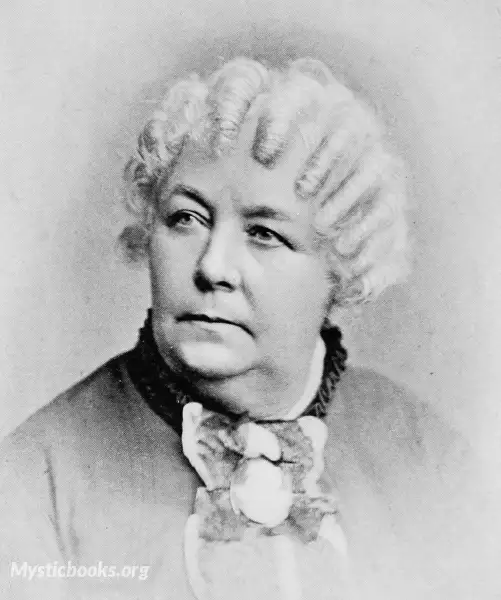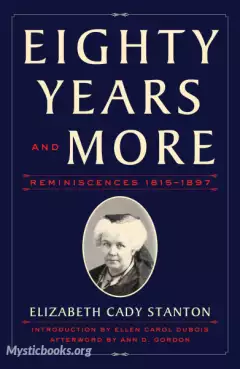
Timeline
Title
Country/Nationality
Elizabeth Cady Stanton
Elizabeth Cady was an American writer and activist who was a leader of the women's rights movement in the U.S. during the mid- to late-1800s. She was the main force behind the 1848 Seneca Falls Convention, the first convention to be called for the sole purpose of discussing women's rights, and was the primary author of its Declaration of Sentiments. Her demand for women's right to vote generated a controversy at the convention but quickly became a central tenet of the women's movement. She was also active in other social reform activities, especially abolitionism.
In 1851, she met Susan B. Anthony and formed a decades-long partnership that was crucial to the development of the women's rights movement. During the American Civil War, they established the Women's Loyal National League to campaign for the abolition of slavery, and they led it in the largest petition drive in U.S. history up to that time. They started a newspaper called The Revolution in 1868 to work for women's rights.
Elizabeth Cady was born into the leading family of Johnstown, New York. Their family mansion on the town's main square was handled by as many as twelve servants. Her conservative father, Daniel Cady, was one of the richest landowners in the state. A member of the Federalist Party, he was an attorney who served one term in the U.S. Congress and became a justice in the New York Supreme Court. Her mother, Margaret Livingston Cady, was more progressive, supporting the radical Garrisonian wing of the abolitionist movement and signing a petition for women's suffrage in 1867.
Stanton received a better education than most women of her era. She attended Johnstown Academy in her hometown until the age of 15. The only girl in its advanced classes in mathematics and languages, she won second prize in the school's Greek competition and became a skilled debater. She enjoyed her years at the school and said she did not encounter any barriers there because of her sex.
She was made sharply aware of society's low expectations for women when Eleazar, her last surviving brother, died at the age of 20 just after graduating from Union College in Schenectady, New York. Her father and mother were incapacitated by grief. The ten-year-old Stanton tried to comfort her father, saying she would try to be all her brother had been. Her father said, "Oh my daughter, I wish you were a boy!"
Stanton had many educational opportunities as a young child. Their neighbor, Reverend Simon Hosack, taught her Greek and mathematics. Edward Bayard, her brother-in-law and Eleazar's former classmate at Union College, taught her philosophy and horsemanship. Her father brought her law books to study so she could participate in debates with his law clerks at the dinner table. She wanted to go to college, but no colleges at that time accepted female students. Moreover, her father initially decided she did not need further education. He eventually agreed to enroll her in the Troy Female Seminary in Troy, New York, which was founded and run by Emma Willard.
When Stanton returned from her final trip to Europe in 1891, she moved in with two of her unmarried children who shared a home in New York City. She increased her advocacy of "educated suffrage," something she had long promoted. In 1894, she debated William Lloyd Garrison Jr. on this issue in the pages of Woman's Journal. Her daughter Harriot Stanton Blatch, who was then active in the women's suffrage movement in Britain and would later be a leading figure in the U.S. movement, was disturbed by the views that Stanton expressed during this debate. She published a critique of her mother's views, saying there were many people who had not enjoyed the opportunity to acquire an education and yet were intelligent and accomplished citizens who deserved the right to vote. In a letter to the 1902 NAWSA convention, Stanton continued her campaign, calling for "a constitutional amendment requiring an educational qualification" and saying that "everyone who votes should read and write the English language intelligently."
In her later years, Stanton became interested in efforts to create cooperative communities and workplaces. She was also attracted to various forms of political radicalism, applauding the Populist movement and identifying herself with socialism, especially Fabianism, a gradualist form of democratic socialism.
Books by Elizabeth Cady Stanton

Eighty Years and More; Reminiscences 1815-1897
Susan and Elizabeth led the women’s rights establishment of the time to withhold support for a bill that would extend to black men the rights still denied for women of all colors. The two women worked for over 50 years on the women’s rights cause, ye...